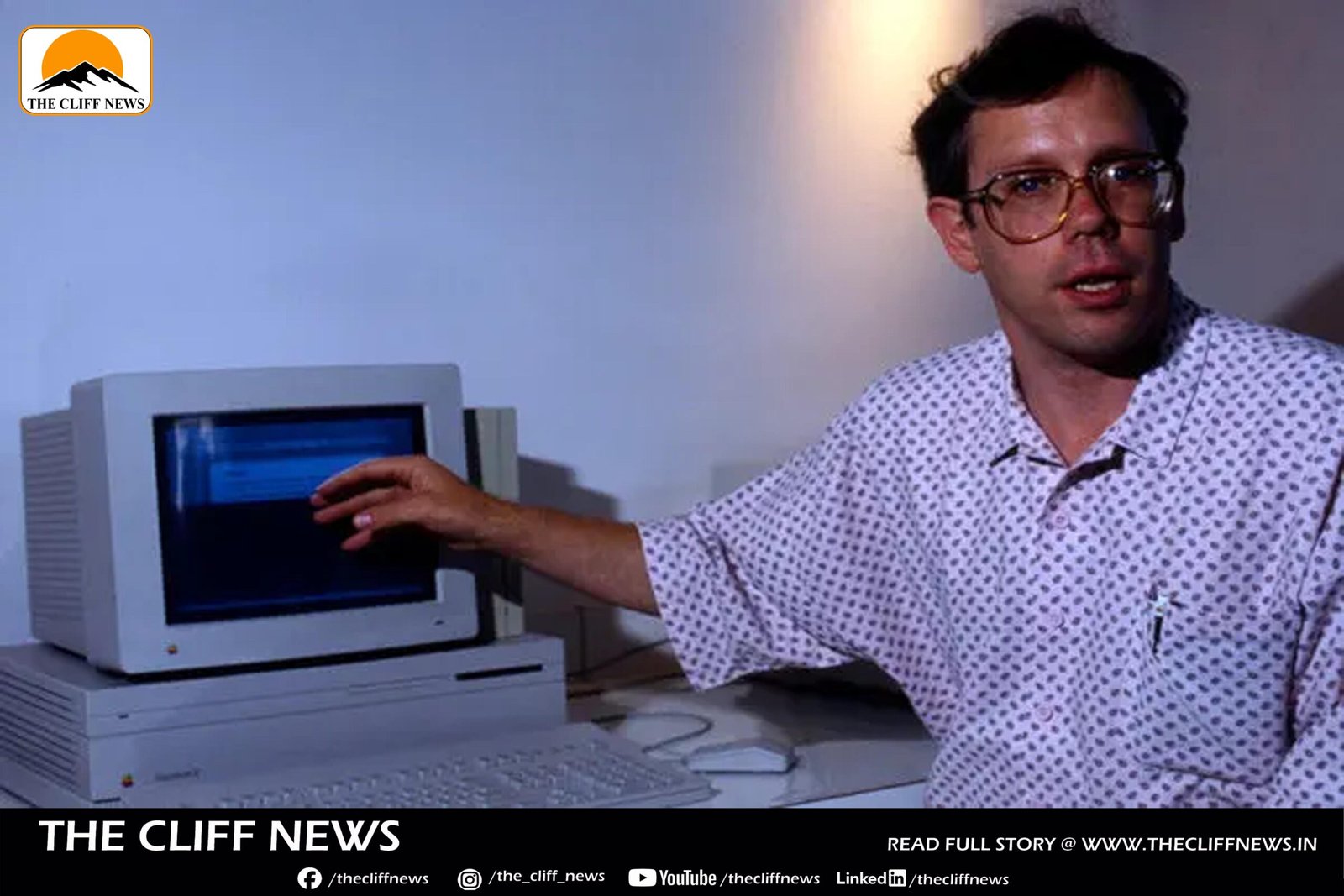Bill Atkinson, a pioneering software designer at Apple Computer and one of the key figures behind the rise of graphical user interfaces, died on Thursday night, June 5, 2025, at his home in Portola Valley, California. He was 74. His family confirmed the cause of death as pancreatic cancer in a Facebook post.
Atkinson’s groundbreaking contributions helped shape the way millions interact with computers today. He was the creator of QuickDraw, a foundational software component used in Apple’s Lisa and Macintosh computers. This sophisticated graphics library enabled the display of images, shapes, and text on a screen, paving the way for a user-friendly graphical interface that visually simulated a desktop environment.
QuickDraw was first developed for the Lisa computer, launched in 1983. Though the Lisa was a commercial failure due to its steep $10,000 price tag (equivalent to about $33,000 today), it introduced many of the user-friendly features that would become iconic in Apple’s later machines. A year later, in 1984, QuickDraw was integral to the Macintosh’s revolutionary graphical user interface, which introduced the concept of folders, icons, and application windows to everyday users.
Atkinson is also widely credited with inventing the pull-down menu and the double-click gesture—two essential features that transformed user interaction by making navigation intuitive. Before these innovations, personal computers were almost entirely text-based, requiring users to memorize and type complex commands. His work helped make computing accessible to a much broader audience.
Apple’s graphical interface drew inspiration from earlier work at Xerox’s Palo Alto Research Center (PARC), where computer scientist Alan Kay envisioned a portable educational computer he called the “Dynabook.” In 1979, Apple co-founder Steve Jobs and a select group of engineers, including Atkinson, were given a private demonstration of the Dynabook project. However, they were not permitted to study the underlying software, forcing the Apple team to develop their own systems—leading to major technical breakthroughs.
Atkinson’s innovations not only shaped Apple’s future but also influenced the entire computing industry. His contributions helped transform the computer from a tool for specialists into a device for the masses, forever changing how we interact with technology.



